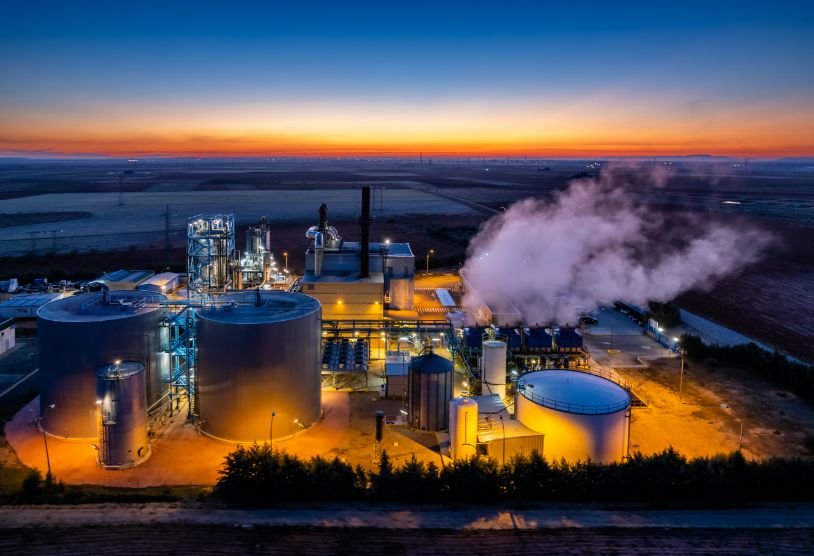Sector
Waste treatment and recycling
Investment date
2019
Status
Current
Contact
The management of alperujo (olive oil pomace) and the treatment of pig slurry are essential to reduce the environmental impact of the oil and pig sectors in terms of greenhouse gas emissions, contamination of aquifers and groundwater, and soil contamination. The alperujo and slurry treatment plants proliferated in Spain between 2000-2010 to provide an outlet for the large amount of waste generated, with the cogeneration and slurry treatment plants benefiting from a regulated remuneration regime for 25 years. These plants are in line with the EU’s sustainability and greenhouse gas reduction targets, which aim to reduce emissions by at least 55% by 2030. Prior to our acquisition, the plant was malfunctioning, not producing biogas and generating uncontrolled discharges.
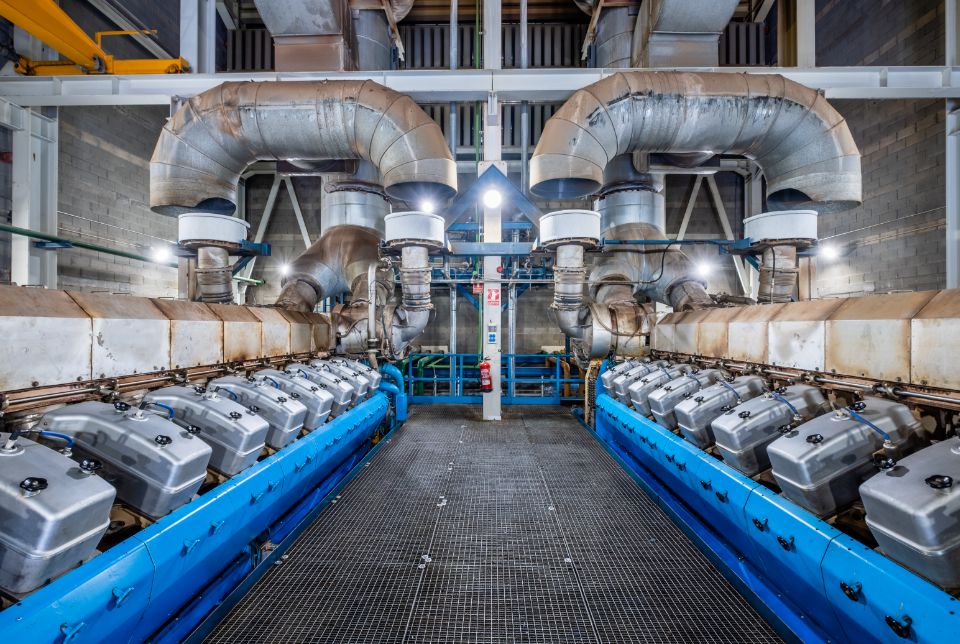
Reducing dependence on natural gas imports and the use of fossil fuels in the energy mix.
Biogas/biomethane can directly replace natural gas and is flexible as it can be easily stored and deployed throughout the energy system, using existing gas infrastructure and end-use technologies. It is well placed to bring significant and long-term benefits to the whole economy beyond renewable energy supply, thus supporting the European Green Pact and the transition to a more sustainable and circular economy.
The project includes seven combined heat and power (CHP) and biomass assets that manage olive mill waste and pig slurry, using natural gas, biogas and biomass to generate electricity and heat. The project reduces CO2 emissions and performs controlled waste treatment, avoiding negative effects on ecosystems and providing energy and material valorisation.
Controlled waste treatment benefits local communities by reducing negative environmental impacts and facilitating access to organic fertilizers, while the use of biogas reduces climate effects and dependence on fossil fuels.
The treated organic waste generates approximately 4,500 tonnes of compost/year and avoids the consumption of more than 620 GWh of natural gas. The lifetime of the project considered in the calculations is between 10 and 20 years. 54 million tonnes of CO2e emissions are avoided.
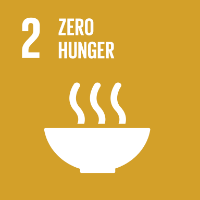

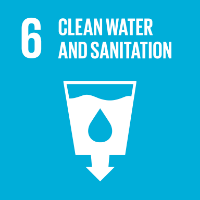
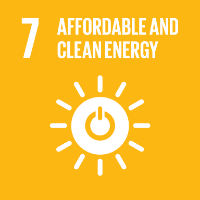
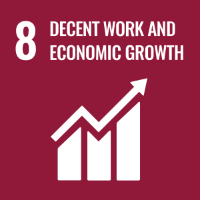
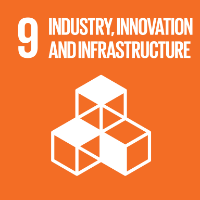
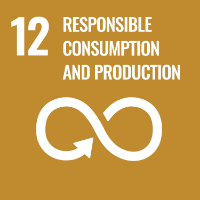


The most significant risk based on current energy trends is the uncertainty of natural gas costs, which could affect the viability of the facilities. Other risks identified are related to regulatory changes on the operation of cogeneration facilities, biogas operating permit levels, wastewater and air emissions.
